We often think of compliance as something that only comes into play during audits or regulatory checks, but the truth is, it’s happening all the time—every time you handle a document. When manual processes are involved, even small mistakes can turn into huge hidden compliance risks.
You might think manual processes are tried and true, but the compliance landscape has changed. With regulations like GDPR and HIPAA tightening the noose, businesses that still rely on manual document handling are risking far more than inefficiency—they’re risking hefty fines and reputational damage.
Manual Data Entry: A Compliance Nightmare
Let’s be honest—manual data entry is slow and error-prone. Even the best employees make mistakes, and in industries like healthcare or finance, a single error can result in non-compliance. For example, a typo in a financial document or a missed field in a medical record can easily lead to a data breach or a violation of strict privacy regulations.
Automated systems, however, use OCR and AI to ensure 100% accurate data capture. No missed fields. No typos. Just clean, validated data, every time.
The Danger of Unsecured Access
Manual processes also make it difficult to restrict access to sensitive documents. Whether it’s a physical file that gets passed around or a digital file shared over unsecured email, controlling who sees what is a constant challenge.
With document automation, sensitive documents are locked behind encrypted systems with strict role-based access. Employees see only the documents they need, and nothing more. This dramatically reduces the risk of unauthorized access and helps you stay compliant with access-control regulations.
Non-Traceable Workflows: A Compliance Minefield
How do you prove compliance if you don’t have a traceable workflow? With manual processes, tracking who accessed what document and when can be almost impossible. And without that information, audits become a nightmare.
Automated solutions don’t just process documents; they track every single action, creating comprehensive audit trails. When auditors request documentation, you’ll be ready to show them detailed reports on every document interaction.
The Takeaway
The hidden risks of manual document processing aren’t so hidden when you consider today’s regulatory environment. Avoid the compliance traps by automating your workflows. Ready to protect your business?
At natif.ai, data protection is at the core of everything we do. Our AI-driven document automation platform is fully compliant with GDPR and other global data security regulations. We prioritize secure data processing by leveraging Tier 3 and Tier 4 data centers, encryption, and anonymization techniques to protect sensitive information. Whether using existing or self-trained AI models, natif.ai ensures that all data is handled with the utmost care and is deleted or retained in accordance with customer preferences.


